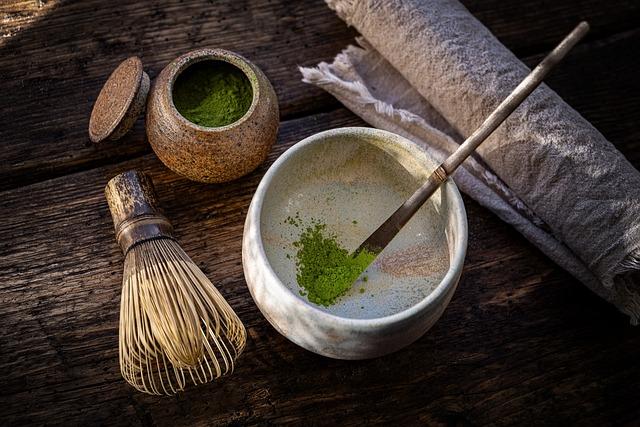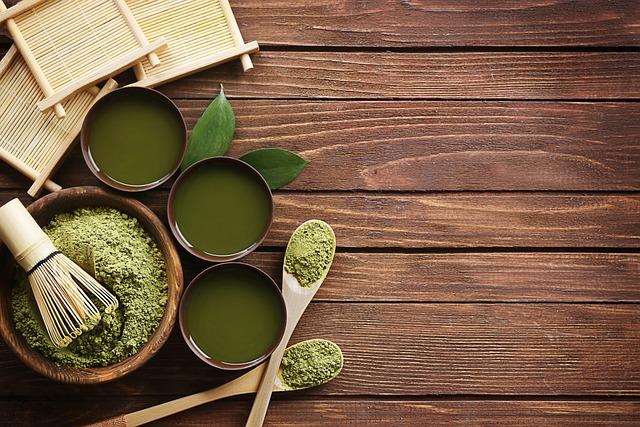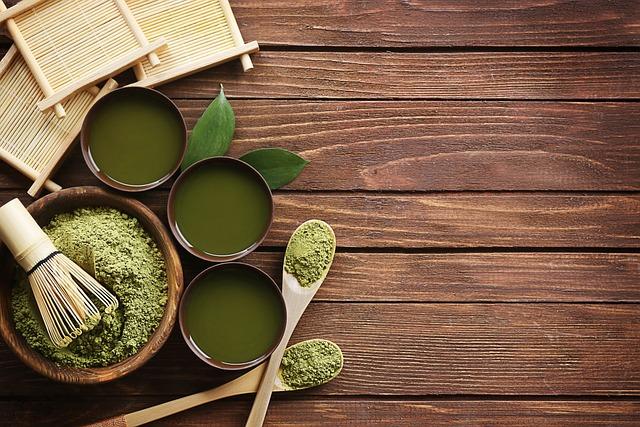Kratom is an herbal supplement derived from the leaves of the kratom plant, native to Southeast Asia. It has been used for centuries as a traditional medicine for pain relief, energy, depression, and other ailments. There are many different types of kratom available, each with its own unique effects and characteristics. So, what is the best kratom for pain? The answer depends on the type of pain you are trying to relieve and your individual needs. Some of the most popular varieties for pain relief include red vein, white vein, and green vein kratom. Each of these varieties offers unique benefits, so it’s important to choose the right one for your individual needs.
How to Choose the Best Kratom for Pain Relief
If you are looking for an all-natural way to manage your chronic pain, then you may want to consider trying kratom. Kratom is a tropical tree native to Southeast Asia and is related to the coffee plant. It has been used for centuries as a traditional medicine to treat a variety of ailments, including pain relief.
When selecting the best kratom for pain relief, there are a few things to consider. Firstly, it is important to look for the highest quality product. High-quality kratom will be free of contaminants and will be lab-tested for purity. It is also important to select the right strain for your specific needs. There are several different strains of kratom, each with its own unique effects and benefits.
The most common strains of kratom used for pain relief are Red Bali and Maeng Da. Red Bali is a milder strain with a more sedative effect, which makes it great for managing chronic pain. Maeng Da is a more powerful strain with a stimulating effect, which is better suited for acute pain relief.
When taking kratom, it is important to start with a low dose and work your way up. This will help you find the right dose for your individual needs. It is also important to drink plenty of water while taking kratom and to take it with food. This will help to reduce the risk of unwanted side effects.
Kratom has been found to be a safe and effective way to manage chronic pain, and it can be a great alternative to traditional pain medications. By selecting the right strain, finding the right dose, and taking care to maintain safety and quality, you can find relief from your pain with kratom.
A Comparison of the Effects of Different Strains on Pain
There are several different strains of kratom available, each with its own unique properties and effects. Generally, red-veined kratom is more sedative and is used for pain relief, while white-veined kratom has more stimulating effects and is used more for energy and focus.
The effects of kratom on pain vary from person to person, but it is generally believed that red-veined kratom is more effective in treating chronic pain, while white-veined kratom is better suited for acute pain. Studies suggest that red-veined kratom is more likely to produce feelings of relaxation and sedation, while white-veined kratom is more likely to produce feelings of alertness and focus.
The exact mechanism of action of kratom is still unclear, but it is believed to bind to opioid receptors in the brain, increasing the release of endorphins and dampening the perception of pain. Studies have also suggested that kratom may have anti-inflammatory effects, further supporting its potential as a treatment for pain.
In conclusion, while research into the effects of kratom on pain is still in its early stages, it is generally believed that red-veined kratom is more effective in treating chronic pain, while white-veined kratom is better suited for acute pain. Further research is needed to better understand the exact mechanisms of action of kratom and its potential as an alternative treatment for pain.
Exploring the Potential Benefits of Kratom for Chronic Pain Sufferers
Kratom, the dried and powdered leaves of the Southeast Asian tree Mitragyna speciosa, has recently gained increasing popularity as a potential remedy for chronic pain. It is believed that kratom’s active ingredients, such as mitragynine and 7-hydroxy mitragynine, interact with the opioid receptors in the brain to provide pain relief. Although further research is needed to determine the full scope of kratom’s effects, there are already some promising findings that suggest that kratom could be a beneficial treatment for chronic pain sufferers.
One study found that kratom was effective in reducing pain intensity among opioid-dependent patients. In the study, patients were administered a standardized dose of kratom over a four-week period. After the treatment period, the majority of the patients reported a decrease in the intensity of their pain.
In addition to its potential pain-relieving effects, kratom may also provide other benefits to those suffering from chronic pain. For example, kratom has been shown to be effective in reducing anxiety and depression, both of which are often associated with chronic pain. Furthermore, kratom is non-addictive, meaning it can be used safely and without fear of developing an addiction.
However, it is important to note that more research is needed to fully understand the effects of kratom and its potential benefits for chronic pain sufferers. Additionally, since kratom is not currently approved by the FDA, it is important to use caution when considering taking kratom for chronic pain relief.
Given the current evidence, it appears that kratom could be a helpful treatment for those suffering from chronic pain. Although further research is needed to fully understand the effects of kratom, it appears that it could be a safe and effective option for those looking for relief from chronic pain.
A Guide to Using Kratom for Opiate Withdrawal and Pain Management
Kratom is an herbal remedy derived from the leaves of the Mitragyna speciosa tree, a tropical evergreen native to Southeast Asia. In recent years, it has become increasingly popular as a natural remedy for a range of conditions, including opiate withdrawal and pain management. This guide will provide an overview of how to use kratom for opiate withdrawal and pain management.
Dosage
When using kratom for opiate withdrawal or pain management, it is important to start with a low dose and gradually increase until the desired effects are achieved. The recommended dosage for opiate withdrawal is typically between 2-6 grams, depending on the user’s tolerance. For pain management, the recommended dosage is between 4-8 grams. It is important to note that the effects of kratom can vary depending on the strain and the user’s body chemistry, so it is best to start with a small dose and increase gradually until the desired effects are achieved.
Types of Kratom
There are several different types of kratom available on the market, each with its own unique effects. The most popular types of kratom are red vein, green vein, and white vein. Red vein kratom is known for its sedative and calming effects, making it well-suited for opiate withdrawal. Green vein kratom is known for its stimulating and energizing effects, making it a good choice for pain management. White vein kratom is known for its energizing and uplifting effects, making it a good choice for both opiate withdrawal and pain management.
Side Effects
Although kratom is generally considered safe, it is important to be aware of the potential side effects. Common side effects include nausea, dizziness, increased heart rate, insomnia, and irritability. If any of these side effects become bothersome, it is best to lower the dose or stop taking kratom altogether. It is also important to note that kratom should not be taken in combination with other drugs or alcohol, as this can increase the risk of adverse side effects.
Kratom is a natural remedy derived from the leaves of the Mitragyna speciosa tree, a tropical evergreen native to Southeast Asia. It has become increasingly popular as a natural remedy for a range of conditions, including opiate withdrawal and pain management. This guide has provided an overview of how to use kratom for opiate withdrawal and pain management, as well as the potential side effects. It is important to start with a low dose and increase gradually until the desired effects are achieved. Kratom should not be taken in combination with other drugs or alcohol.
Conclusion
The best kratom for pain relief will depend on the individual, as different types of kratom can provide different levels of relief. However, Red Vein Bali, Red Vein Maeng Da, and Green Malay are generally considered to be the best kratom strains for pain relief. Experimenting with different strains to find which works best for you is recommended. In any case, always remember to use kratom responsibly, in moderation, and only as directed.






